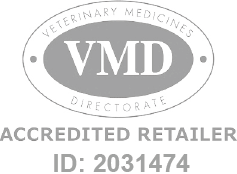Thank you for visiting www.365vet.co.uk.
Unfortunately, our website has now closed and 365vet.co.uk has ceased trading. We cannot accept any further orders, however, if you require assistance with the transfer of an existing repeat prescription held with 365vet, please contact our customer service team by email at sales@365vet.co.uk.
If you wish to place a new order for animal medicines, there is an associated company, www.vetuk.co.uk, which you might like to try as an alternative option to source your products.
They are currently running a promotion for new customers – please use this code at checkout: VETUK10.
We would just like to close by thanking you for your loyal custom and support over many years. It has been our privilege to look after the requirements of your precious pets throughout this time.
The 365vet team



